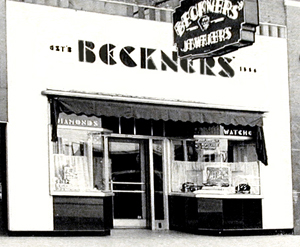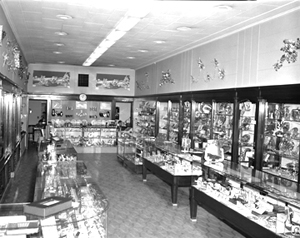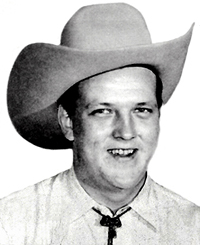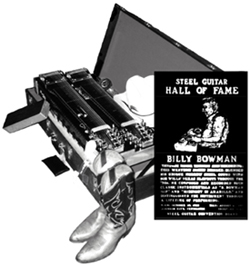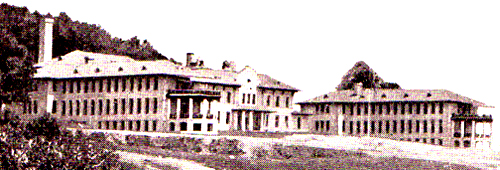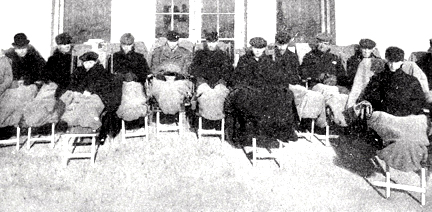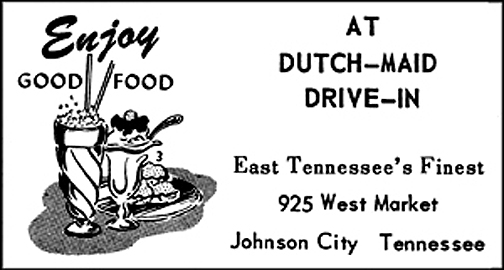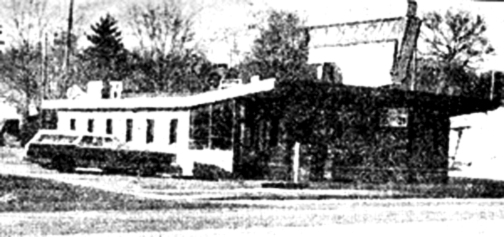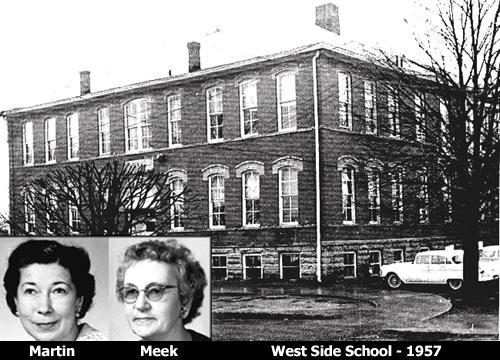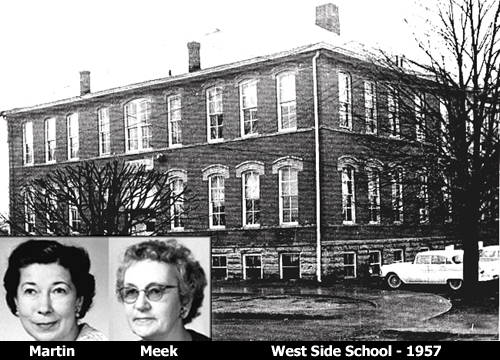My introduction to the fascinating 3-D world of View Master occurred in 1948 when a friend of mine acquired one and showed it to me. This six-year-old boy was immediately awestruck and had to have one.
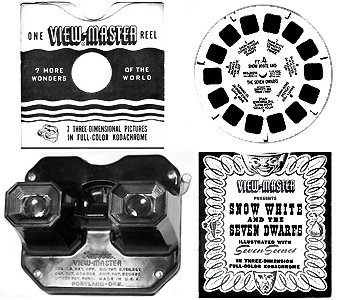
Sawyer’s, Inc. manufactured the black bakelite viewer that utilized single 3.5 inch round cards, each containing 14 mini Kodachrome images that produced seven different stereo views. The user inserted one card at a time into the top of the viewer so that the first view number was displayed in the small information window that also contained a brief description of the scene.
Two “V” notches on the card helped align the reel in the viewer for the initial view. The person then looked in it while facing a bright light to examine the 3-D image. Pressing down a lever on the right side rotated the card to the next scene.
Between 1939 and 1950, View Master reels were sold individually, but by the early 1950s, several cards were bunched together and marketed in packets based on subject categories. For instance, reels 251-253 became the Carlsbad Caverns series. View-Masters were quite novel for the time, being an extension of popular stereoscopes that graced people’s parlors between 1858 and 1920. The new devices offered seven high-quality three-dimensional color views on each reel instead of a single one-dimension card.
Later, the company offered consumers viewers with built-in lights, talking reels and even a projector for watching the images on a screen without, of course, the 3-D effect. My preference was the small viewers. Credit for the novelty goes to William Gruber, who in 1939 teamed up with Harold Graves to form the View Master Company, which was introduced to the public in the early 1940’s. Although today aimed primarily at youngsters, View Master began its commercial life targeting people of all ages.
A multiplicity of subject matter ranging from nursery rhymes to domestic and foreign travel to movie stars was introduced. The company placed these words on each reel: “Seven More Wonders of the World.”
I, being a child, preferred the FT (Fairy Tales) Series, which were introduced between 1946 and 1948. Each reel came in a sleeve along with a small foldout story booklet that gave a complete description of each view. Although the scenes were crudely animated, the detail and 3-D affects in the scenes were quite impressive. The FT series included: “Little Red Riding Hood,” “Hansel & Gretel,” “Jack and The Beanstalk,” “Snow White and The Seven Dwarfs,” “Cinderella and The Glass Slipper,” “Goldilocks and The Three Bears,” “The Three Little Pigs,” “Little Black Sambo” and “The Ugly Duckling.”
Like so many other nursery rhymes and fairy tales, they were a bit graphic as noted in the captions for Hansel and Gretel: 1. “Stepmother Plots To Lose Children in the Woods,” 2. “Hansel Drops Breadcrumbs Trail,” 3. “Hansel and Gretel Lost in Dark Forest,” 4. “Hansel and Gretel Led to Candy House,” 5. “Hansel Is Caged by Witch,” 6. “Gretel Pushes Witch into Oven” and 7. “Duck Carries Hansel and Gretel to Father.”
This was enough to give any normal child nightmares. Even the scenes were displayed in gory detail. For instance, the Little Red Riding Hood card showed the dead wolf’s carcass being drug into the woods by a rescuing woodman.
My love for View Masters continues to this day when I occasionally retrieve my old viewer and worn-out collection of cards and spend some quality time with my old favorite fairy tale characters, briefly returning to my peaceful world of yesteryear for a few minutes of sheer contentment.

